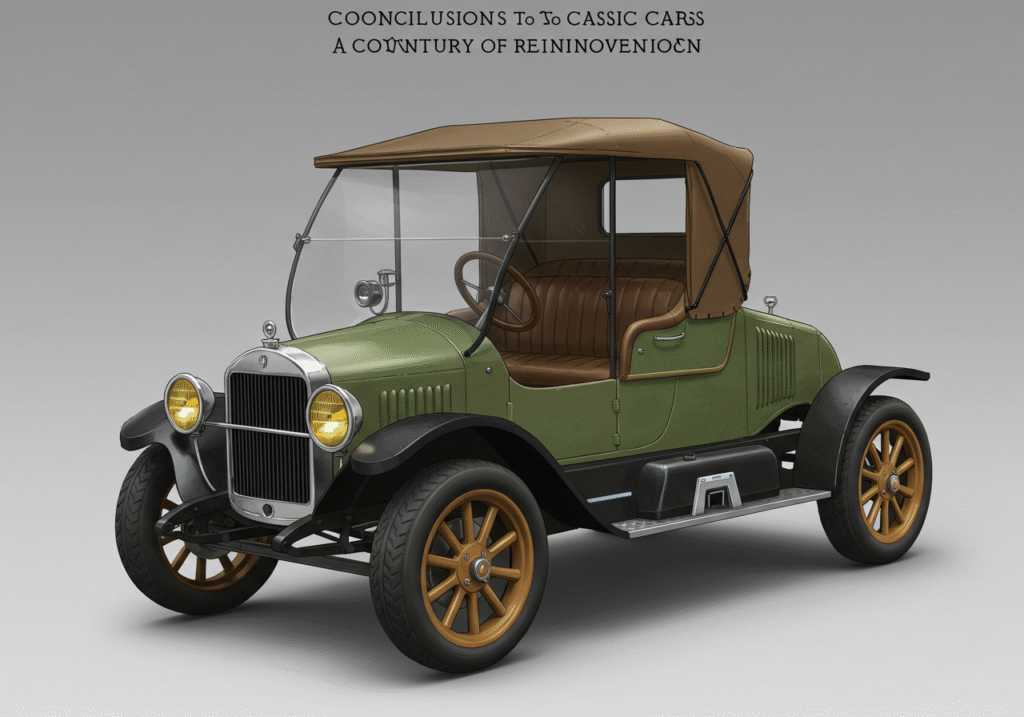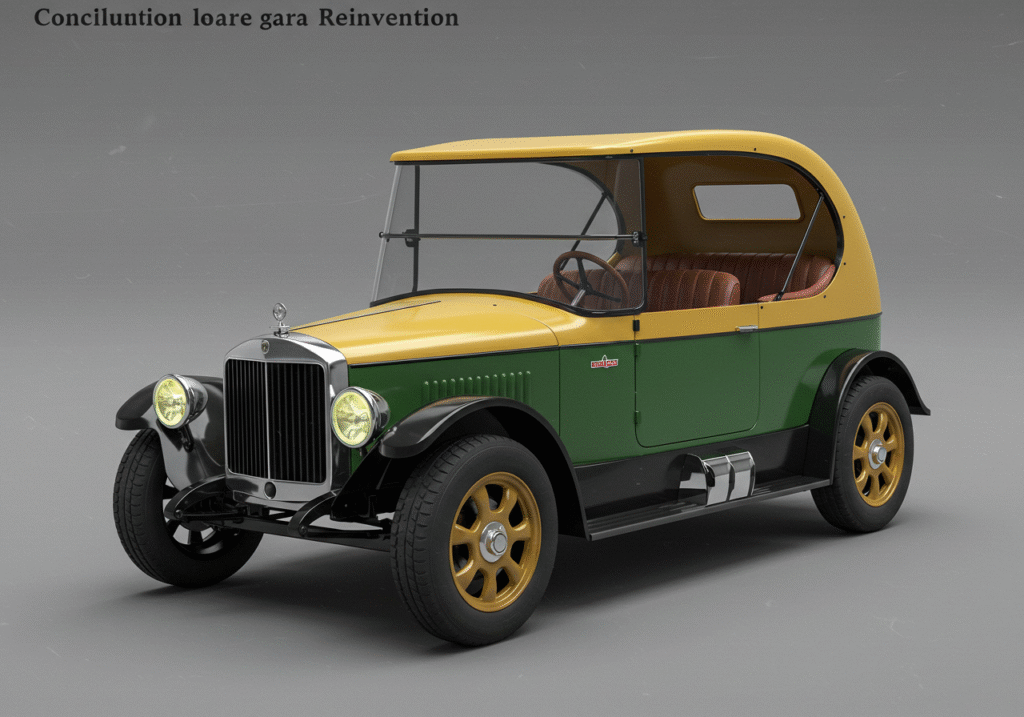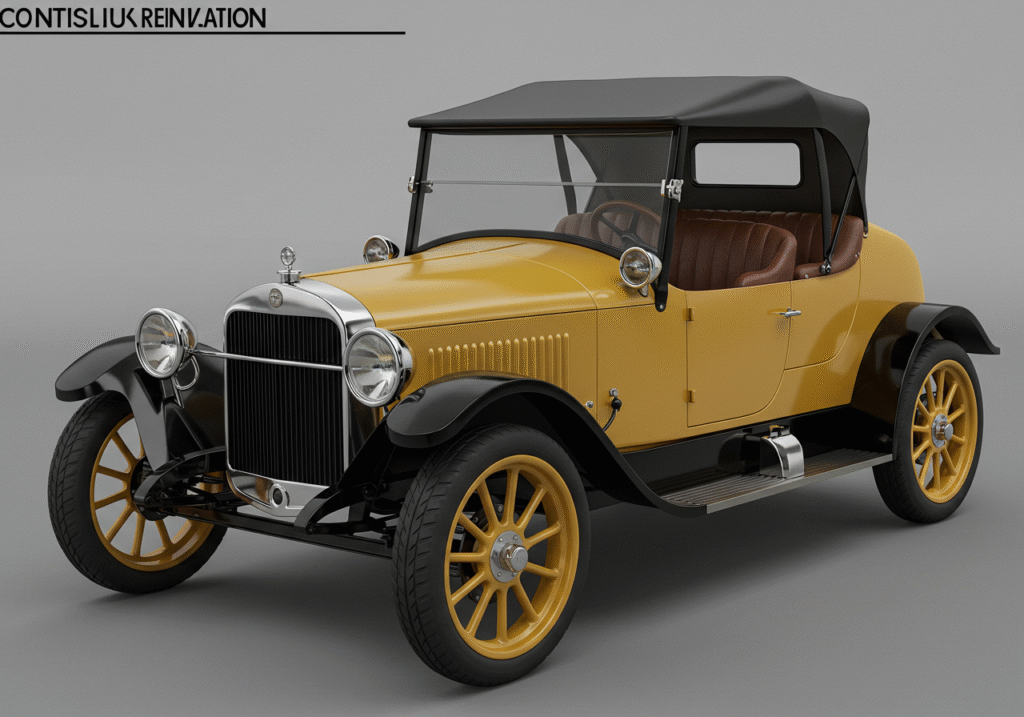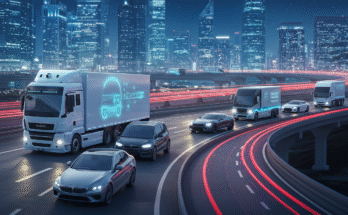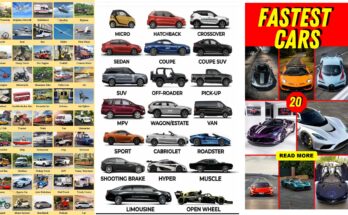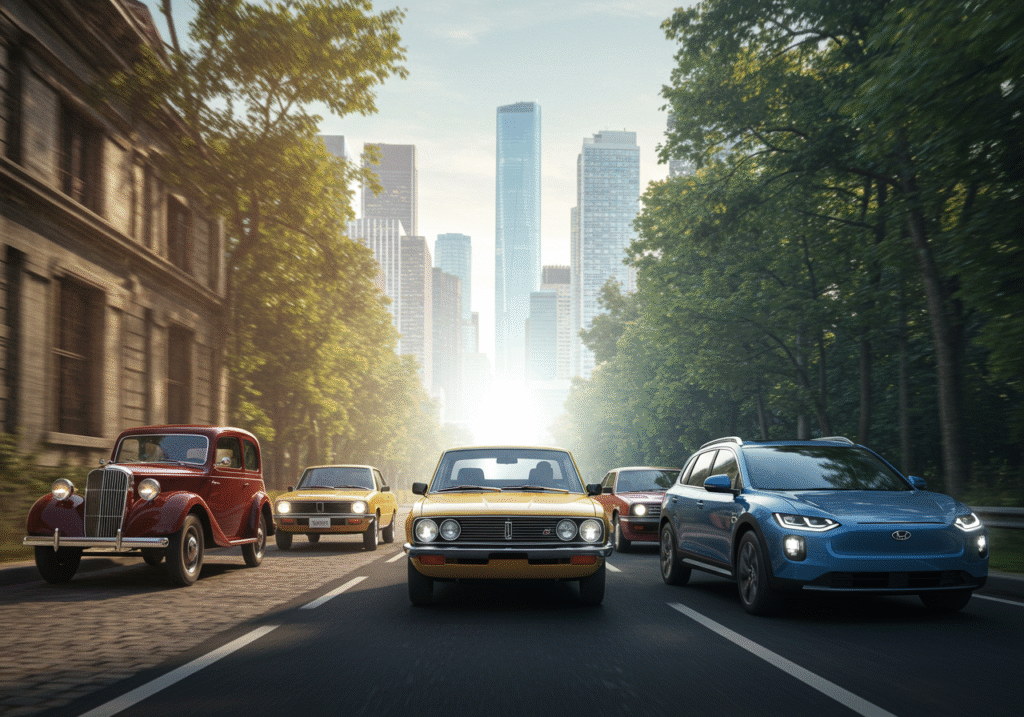
The automobile has been one of humanity’s most transformative inventions. From the rattling combustion engines of the early 20th century to today’s silent, software-driven electric vehicles, the journey of car evolution is both a technological marvel and a story of cultural significance. Vehicles have morphed from simple transportation tools to sophisticated ecosystems on wheels—capable of driving themselves, reducing environmental harm, and keeping us more connected than ever.
In this article, we’ll explore how modern vehicles evolved from their classic origins, examining the pivotal milestones, innovations, and trends that shaped the cars we drive today.
The Dawn of the Automobile (1886–1920)
The story begins in 1886, when Karl Benz patented the Benz Patent-Motorwagen, widely regarded as the first gasoline-powered car. These early machines were simple, noisy, and unreliable by today’s standards—but revolutionary in their potential.
- Key features: Single-cylinder engines, wooden wheels, no roof, and rudimentary steering.
- Driving experience: Manual cranks, unpredictable performance, and a top speed of less than 10 mph.
By the early 1900s, inventors like Henry Ford revolutionized car production with assembly line manufacturing, which made cars like the Model T affordable for the masses. This democratized car ownership and sparked an automotive boom.
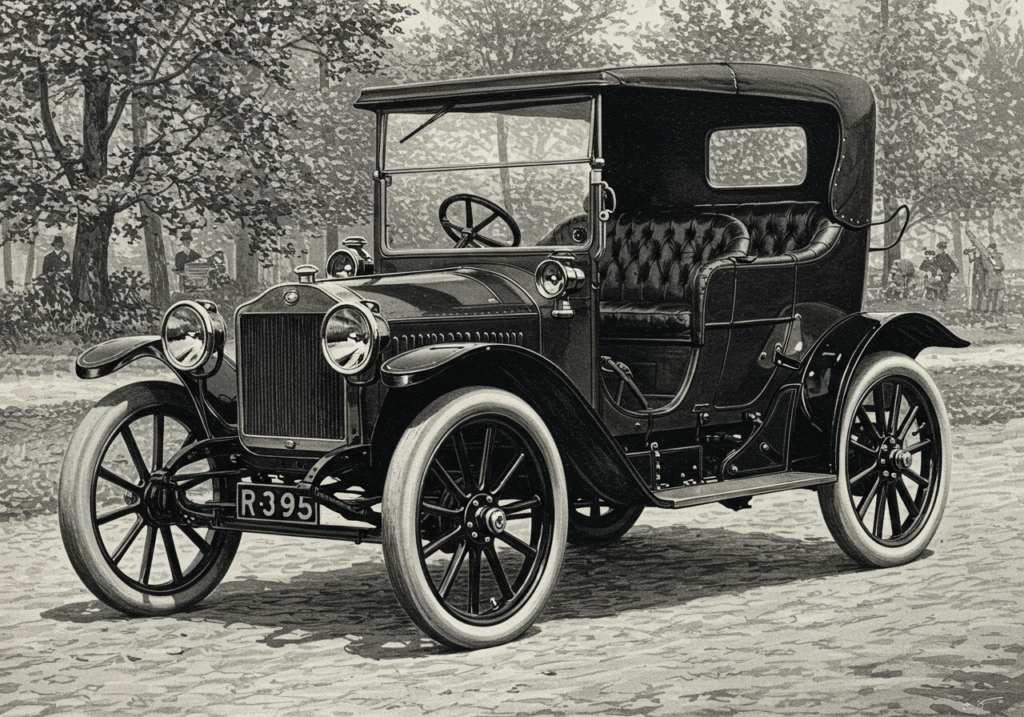

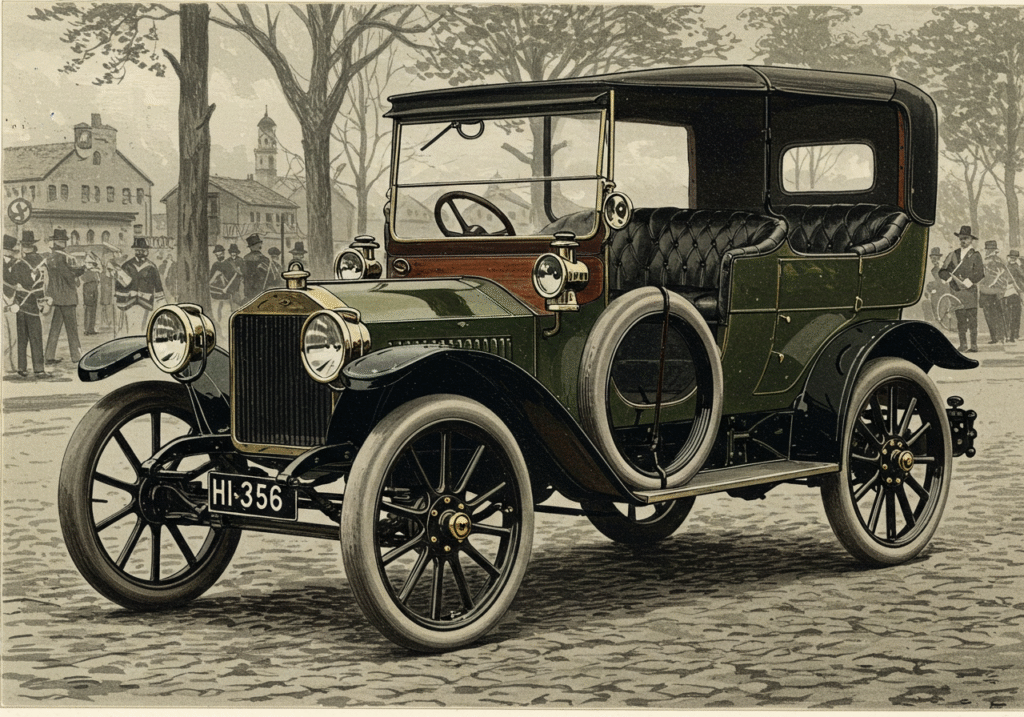
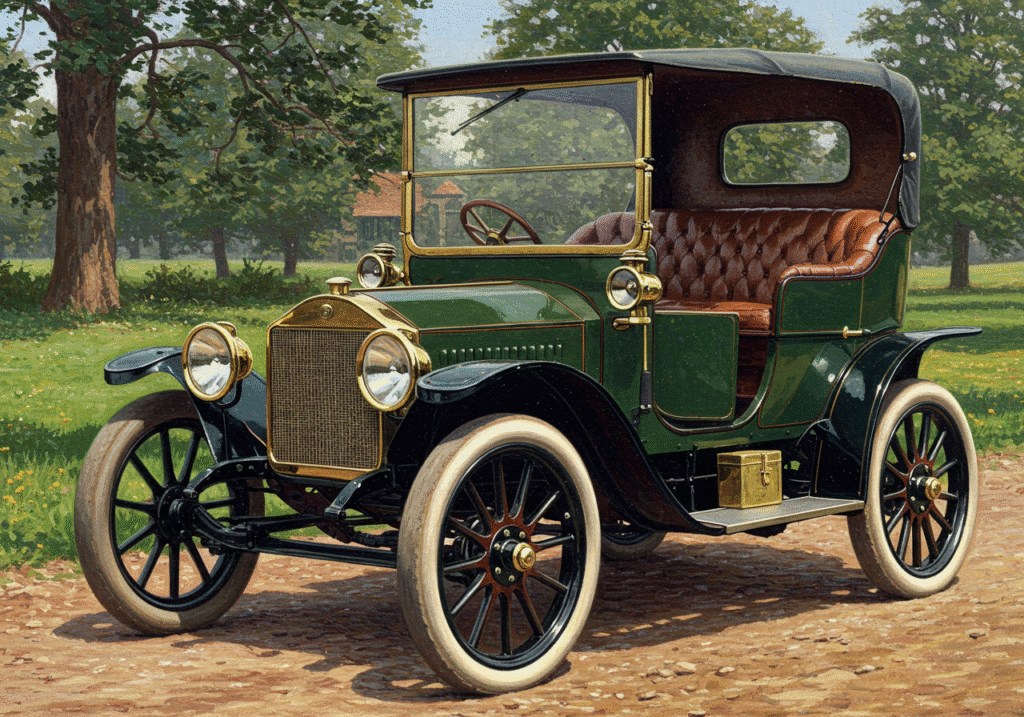
The Golden Age of Design and Power (1920s–1950s)
As the internal combustion engine became more refined, automakers began to focus on aesthetics, comfort, and performance.
Design Takes Center Stage
Cars in the 1930s and 1940s became cultural icons. Brands like Cadillac, Packard, and Chrysler introduced sleek, aerodynamic lines, tailfins, and chrome-heavy designs.
- Innovation: Introduction of electric starters, automatic transmissions, and safety glass.
- Cultural influence: Cars became a symbol of freedom and status, influencing fashion, music, and advertising.
The post-WWII era was especially vibrant. The 1950s saw the birth of muscle cars and sports coupes. Brands like Chevrolet and Ford created legendary models such as the Corvette and the Thunderbird.
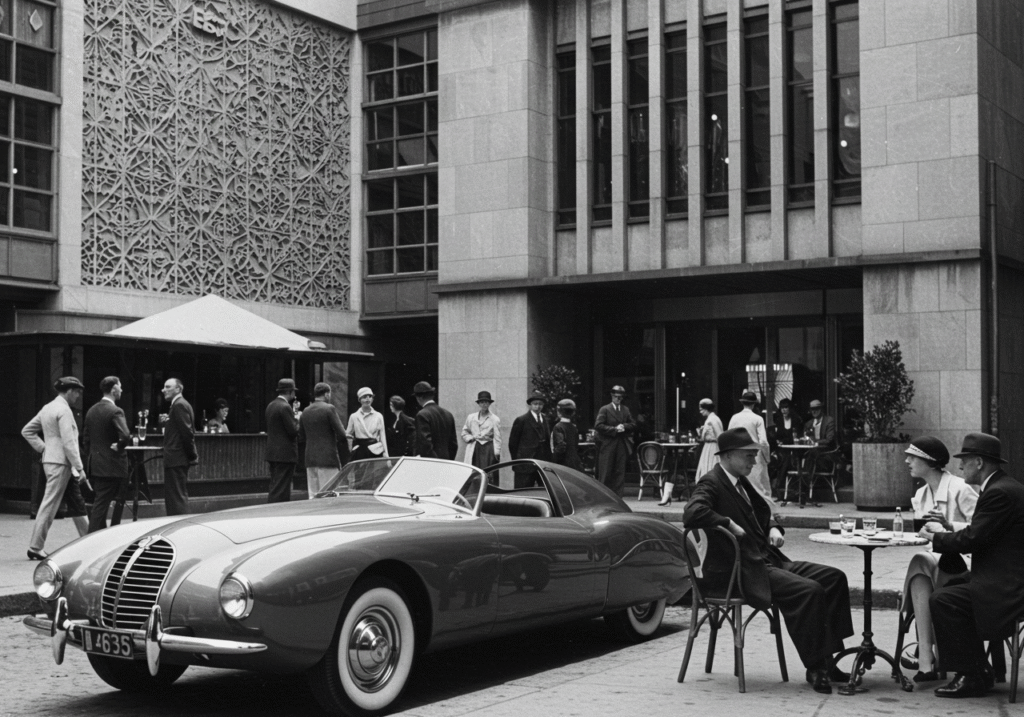

Muscle and Mobility (1960s–1970s)
The 1960s and ’70s were all about power. This was the heyday of American muscle cars—big engines, loud exhausts, and aggressive styling.
- Iconic vehicles: Ford Mustang, Dodge Charger, Pontiac GTO, Chevrolet Camaro.
- Performance boom: V8 engines became standard in performance cars, often producing over 300 horsepower.
- Innovation: Seat belts became mandatory, and disc brakes started appearing.
However, this era also ushered in major regulatory changes, largely due to concerns over safety, pollution, and fuel consumption. The 1973 oil crisis marked a turning point, revealing the vulnerabilities of fuel-hungry vehicles.
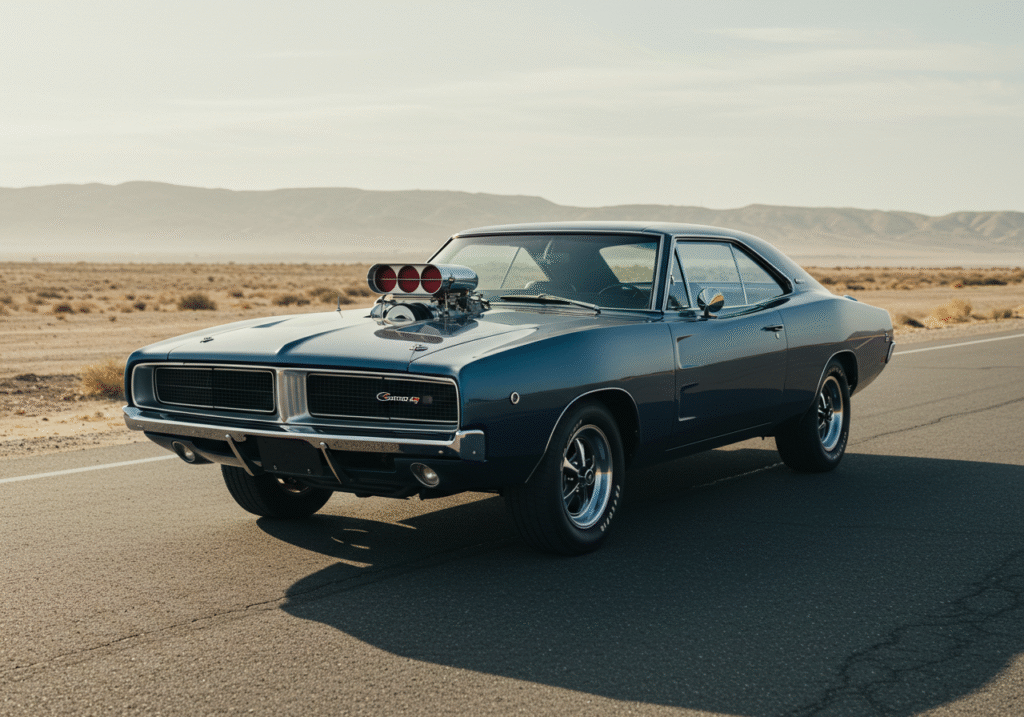
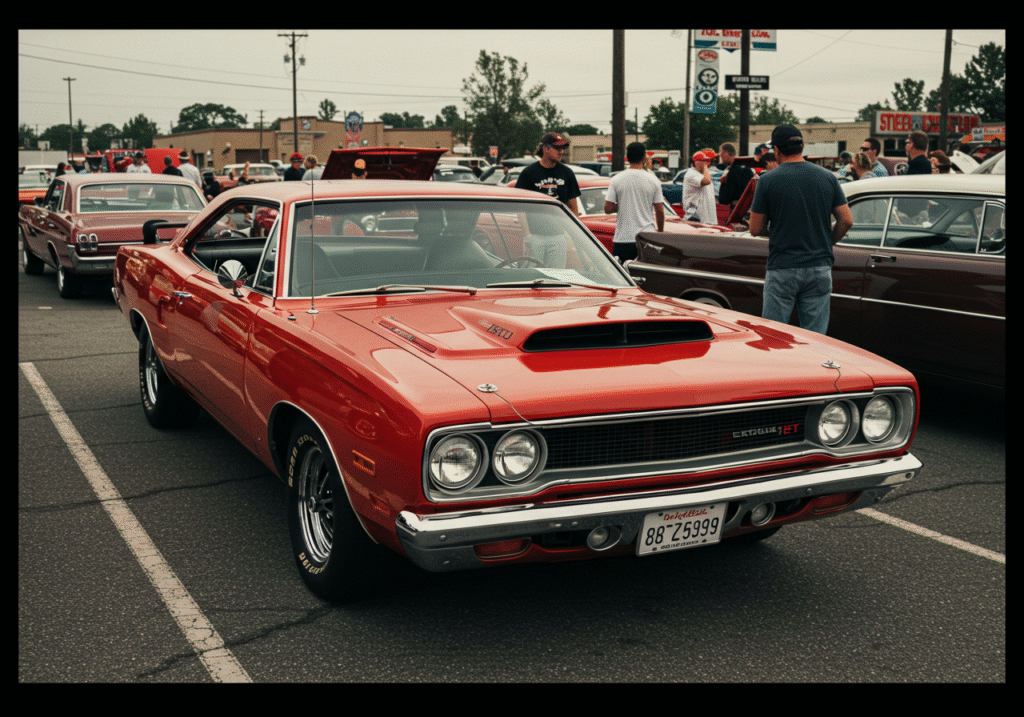
The Shift to Efficiency and Safety (1980s–1990s)
As fuel prices rose and environmental awareness grew, manufacturers were forced to prioritize efficiency and safety over raw power.
Engineering Meets Economy
Automakers shifted toward smaller, lighter vehicles with improved fuel economy.
- Japanese automakers like Toyota, Honda, and Nissan surged in popularity due to their reliable and efficient cars.
- Compact cars became the new normal, including models like the Honda Civic and Toyota Corolla.
Safety Innovations
Government regulations pushed safety to the forefront:
- Introduction of airbags, antilock braking systems (ABS), and crumple zones.
- Cars underwent crash testing and earned safety ratings, influencing consumer choices.
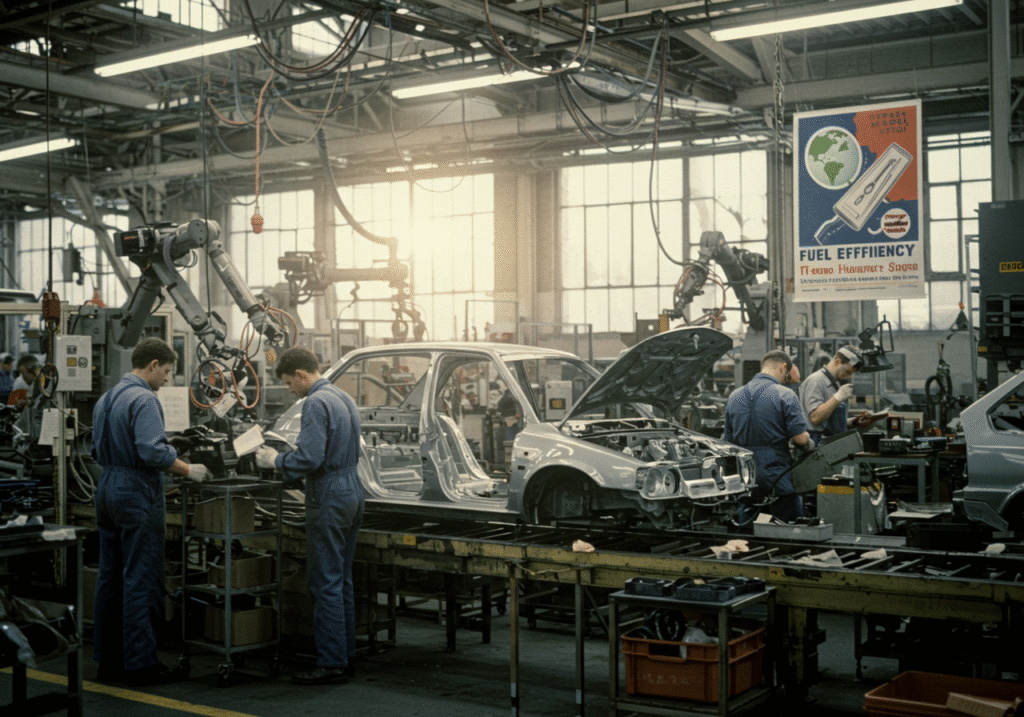

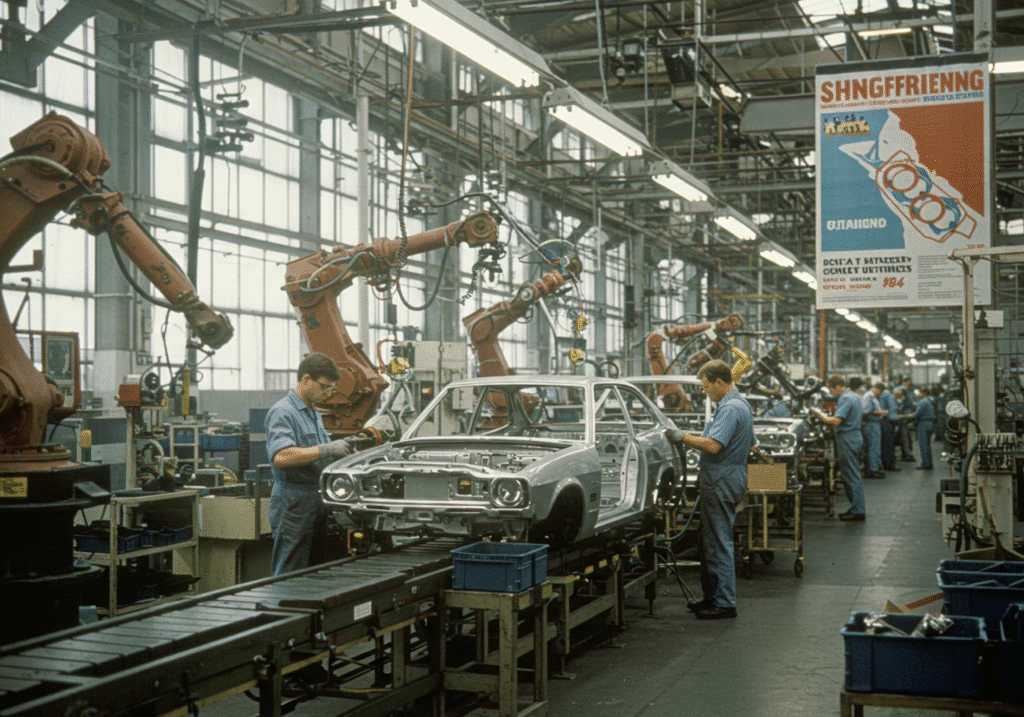
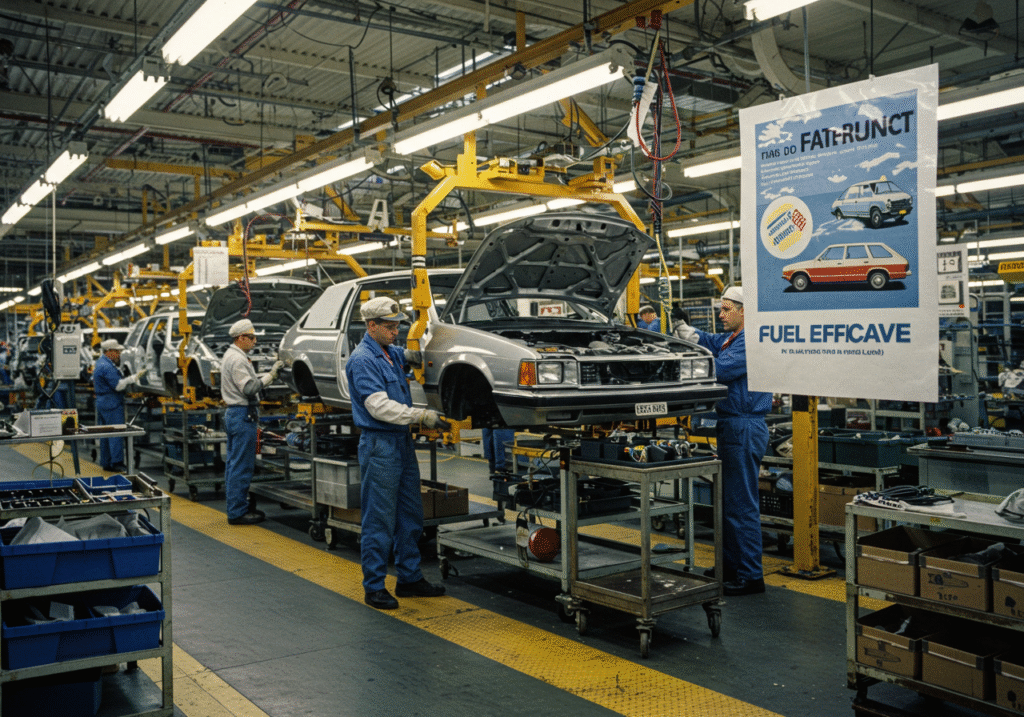
The Digital Revolution (2000s–2010s)
The 21st century brought rapid advances in electronics, software, and materials science, pushing the boundaries of what a vehicle could be.
Cars Become Computers
The average car in the 2000s contained dozens of microprocessors controlling everything from fuel injection to entertainment systems.
- Infotainment systems replaced cassette players with touchscreens and GPS.
- Drive-by-wire technology replaced mechanical linkages with electronic controls.
- On-board diagnostics became standard for vehicle health monitoring.
Hybrid and Alternative Fuels
Amid growing climate concerns, automakers began developing hybrid powertrains and exploring alternative fuels:
- Toyota Prius became the first mass-produced hybrid vehicle.
- Flex-fuel, CNG, and hydrogen vehicles were introduced in select markets.
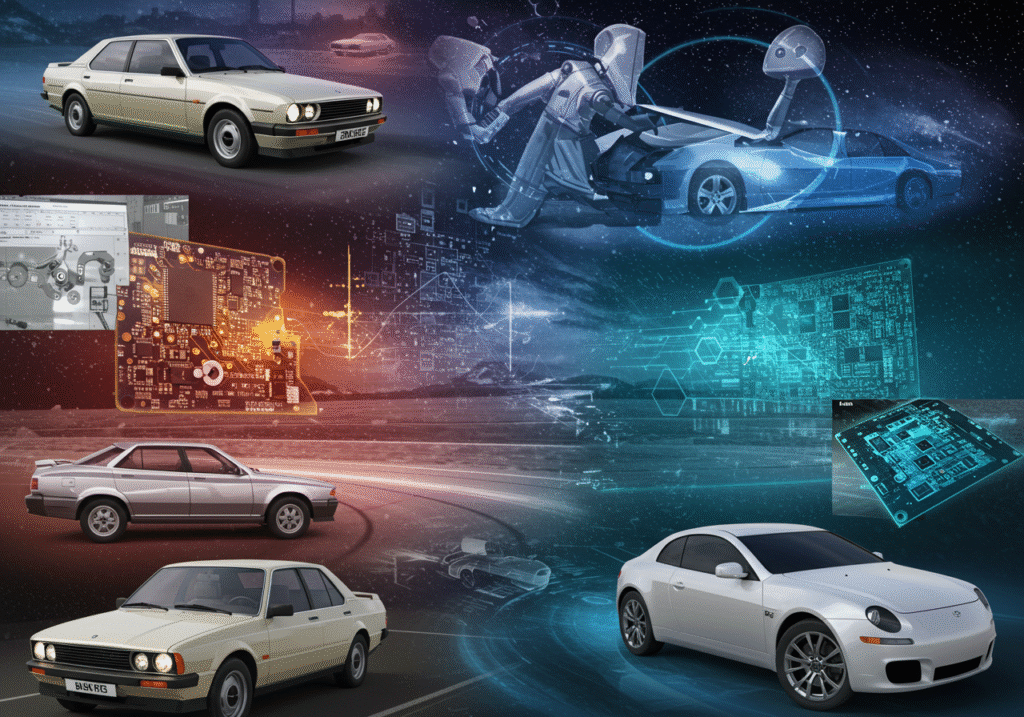
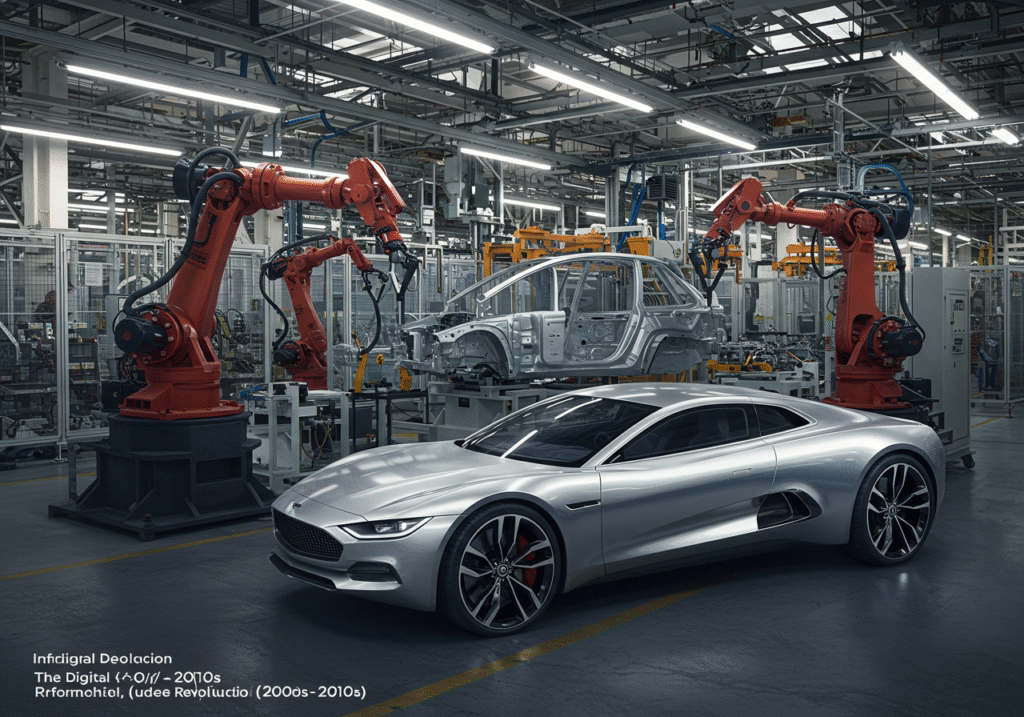
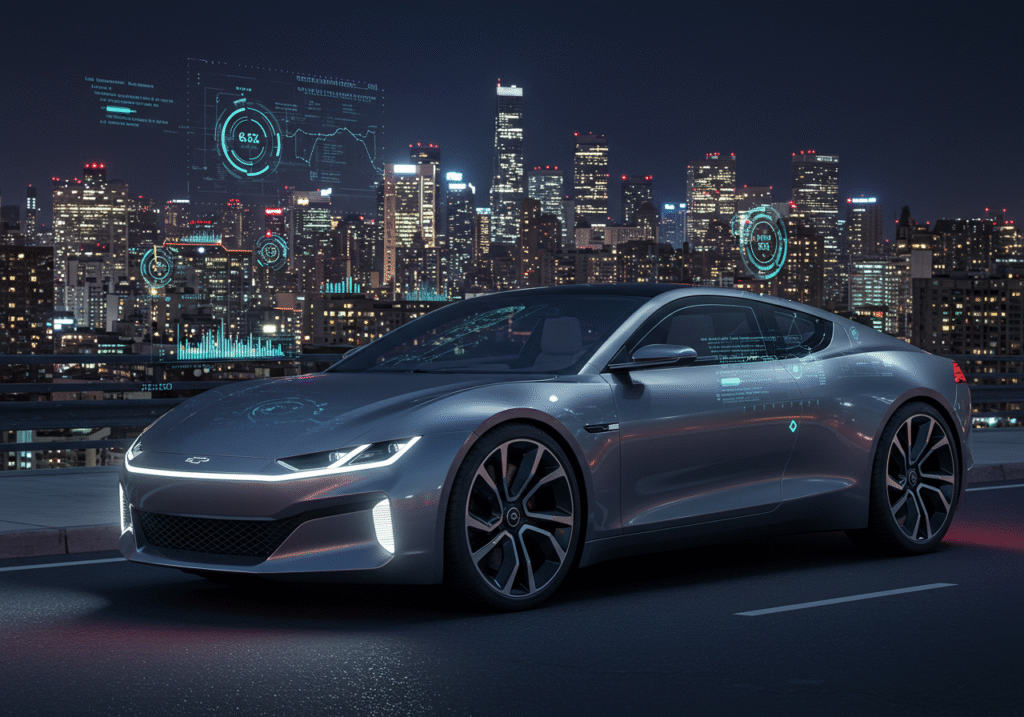
The Rise of the Electric Vehicle (2010s–Present)
No single development in recent decades has reshaped the auto industry like the electric vehicle (EV).
The Tesla Effect
Tesla’s launch of the Model S in 2012 shattered EV stereotypes. It was fast, luxurious, and offered over 200 miles of range.
- Model 3, released in 2017, made EVs more accessible to the masses.
- Other automakers followed suit: Ford’s Mustang Mach-E, Porsche Taycan, Hyundai Ioniq 5, and more.
Battery and Charging Innovation
- Lithium-ion battery technology dramatically improved, reducing costs and increasing range.
- Charging infrastructure expanded, with networks like Tesla Superchargers, Electrify America, and EVgo supporting long-distance EV travel.
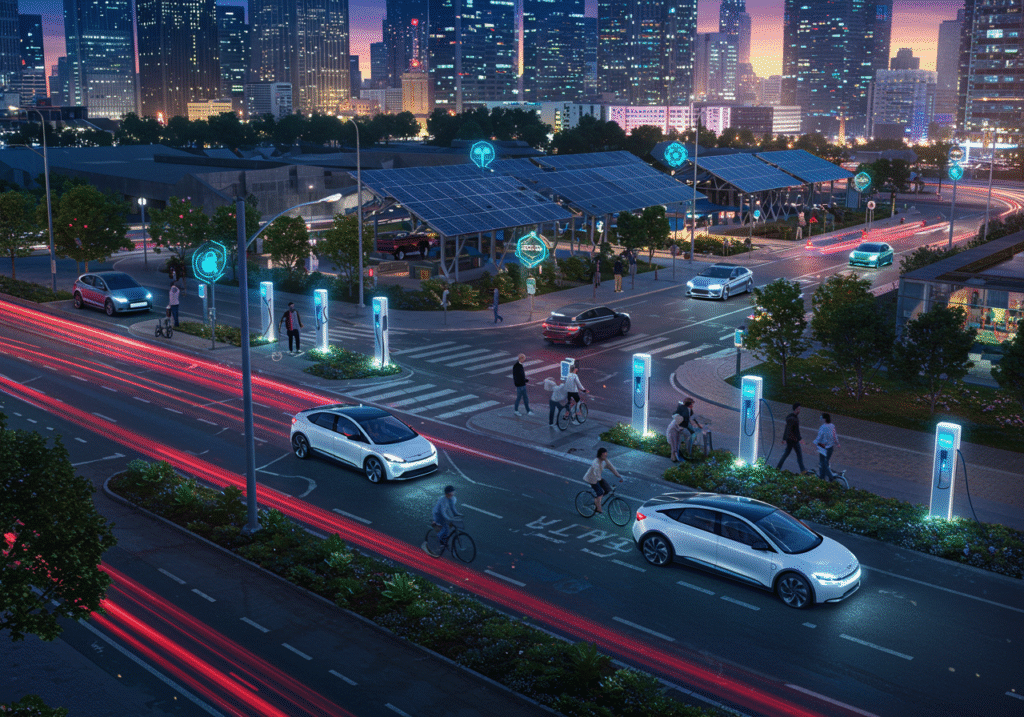

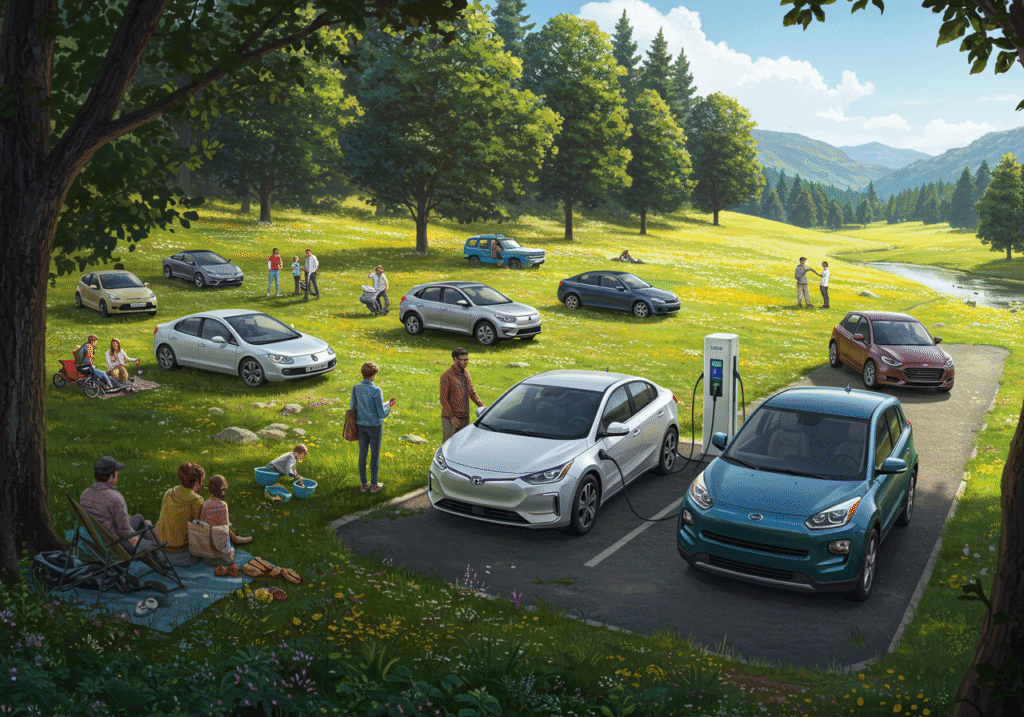
Autonomous Driving and Connectivity
We are now entering an age where cars are not only electric—they are becoming autonomous, connected, and smart.
ADAS and Self-Driving Tech
Advanced Driver-Assistance Systems (ADAS) are now common:
- Lane-keeping assist, adaptive cruise control, automatic emergency braking, and more.
- Companies like Waymo, Cruise, and Tesla are testing autonomous vehicles with varying levels of success.
Vehicle-to-Everything (V2X) Communication
Modern cars are now part of the Internet of Things (IoT):
- Real-time traffic updates.
- Over-the-air software updates.
- Remote control via smartphone apps (lock/unlock, start engine, locate vehicle).
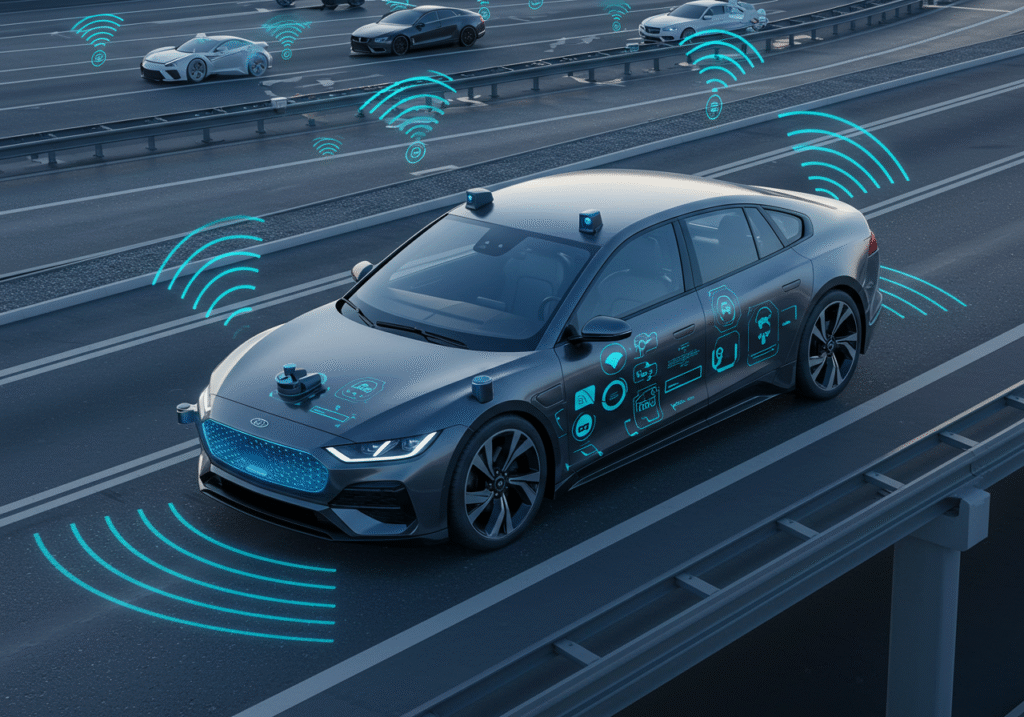
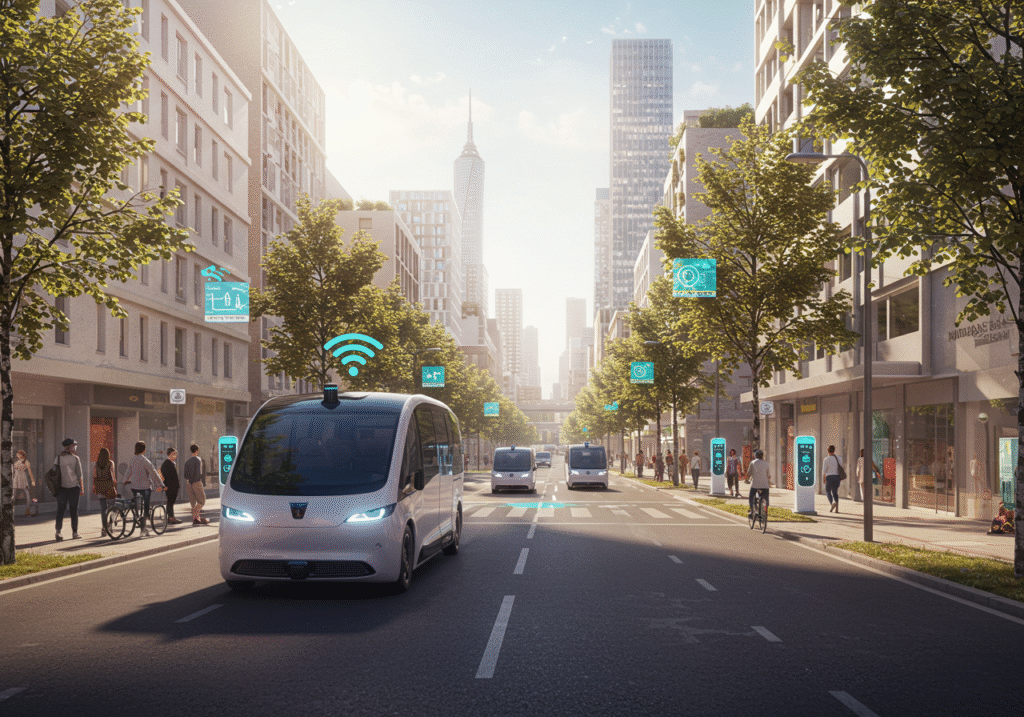
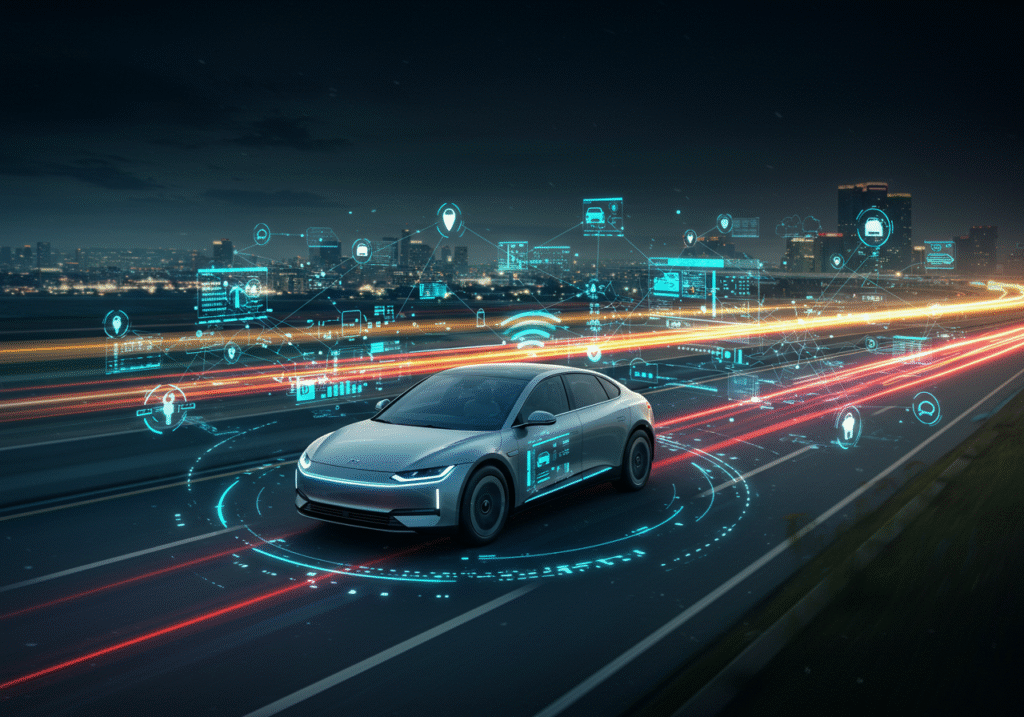
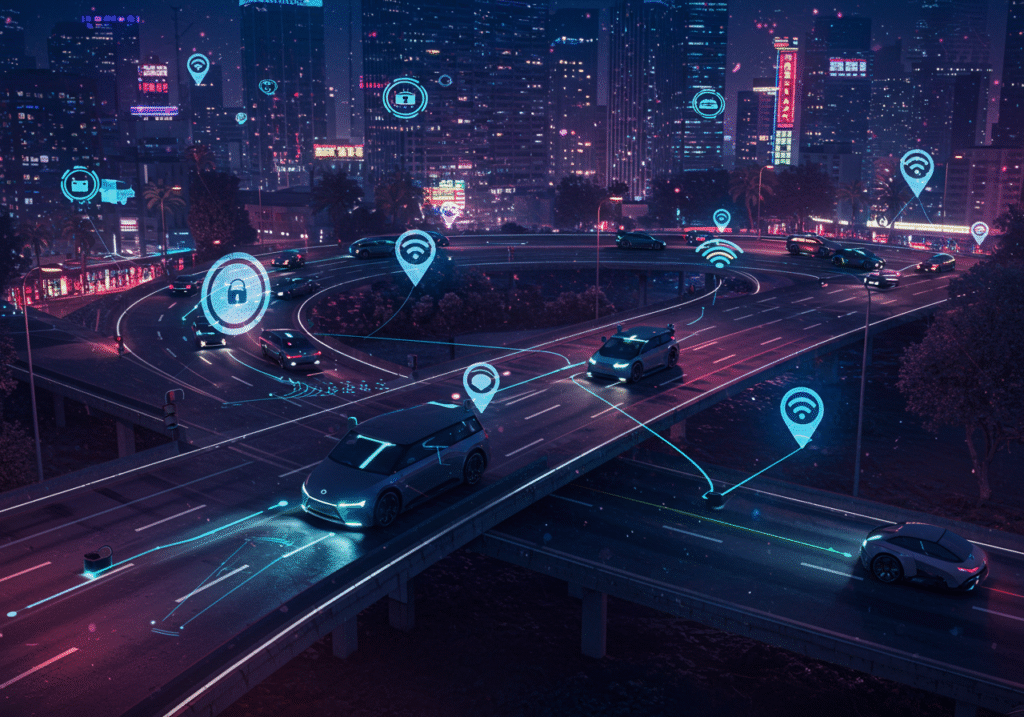
Sustainable Manufacturing and Materials
The evolution of modern vehicles isn’t just about performance or software—it’s also about how they’re made.
- Automakers like BMW, Volvo, and Ford are incorporating recycled and plant-based materials into interiors.
- Factories are going carbon-neutral, and supply chains are being restructured to reduce emissions.
- Circular economy initiatives are encouraging reuse and recycling of batteries and vehicle components.

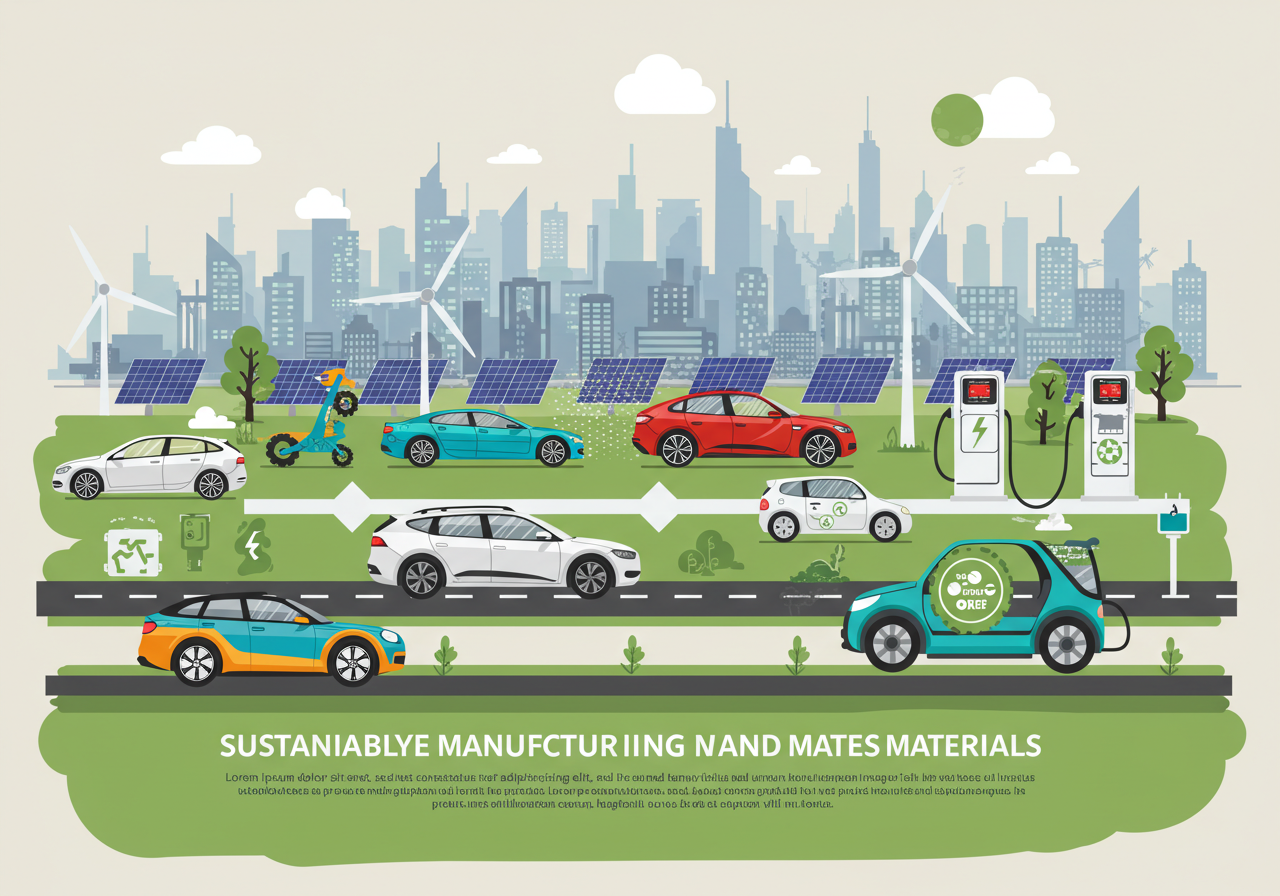
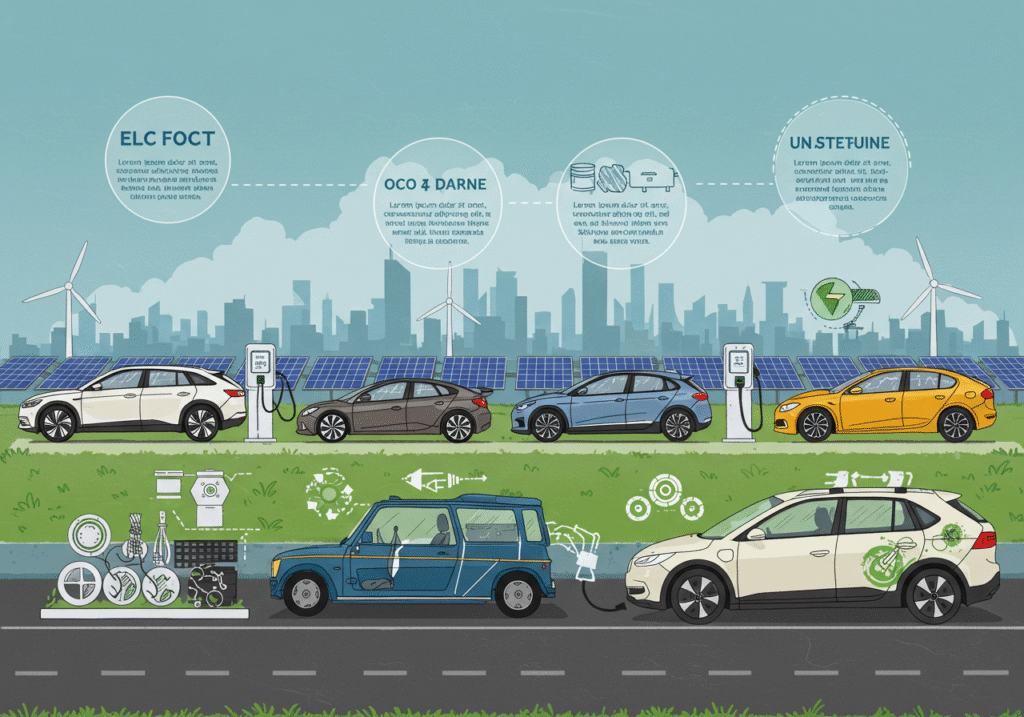

Future Horizons: What’s Next?
While we celebrate how far we’ve come, the road ahead promises even greater transformation.
Solid-State Batteries
Solid-state batteries could revolutionize EVs by:
- Increasing energy density (longer range).
- Reducing charging times.
- Improving safety and durability.
Full Autonomy
While we’re not yet at full Level 5 autonomy, the next decade could see:
- Autonomous ride-hailing fleets.
- Driverless deliveries.
- Smart infrastructure integration (traffic lights that communicate with cars).
Flying Cars and Urban Air Mobility
Yes, it sounds like science fiction—but companies like Joby Aviation, Lilium, and even Hyundai are developing electric vertical take-off and landing (eVTOL) aircraft that could serve as air taxis in the near future.



Cultural and Social Impact
As vehicles evolve, so too does their impact on society:
- Car ownership models are changing. Subscription services, ride-sharing, and micro-mobility (e-scooters, e-bikes) are growing.
- Urban planning is evolving to accommodate car-lite or car-free environments.
- Equity concerns are emerging as high-tech vehicles remain inaccessible to lower-income populations without policy support.
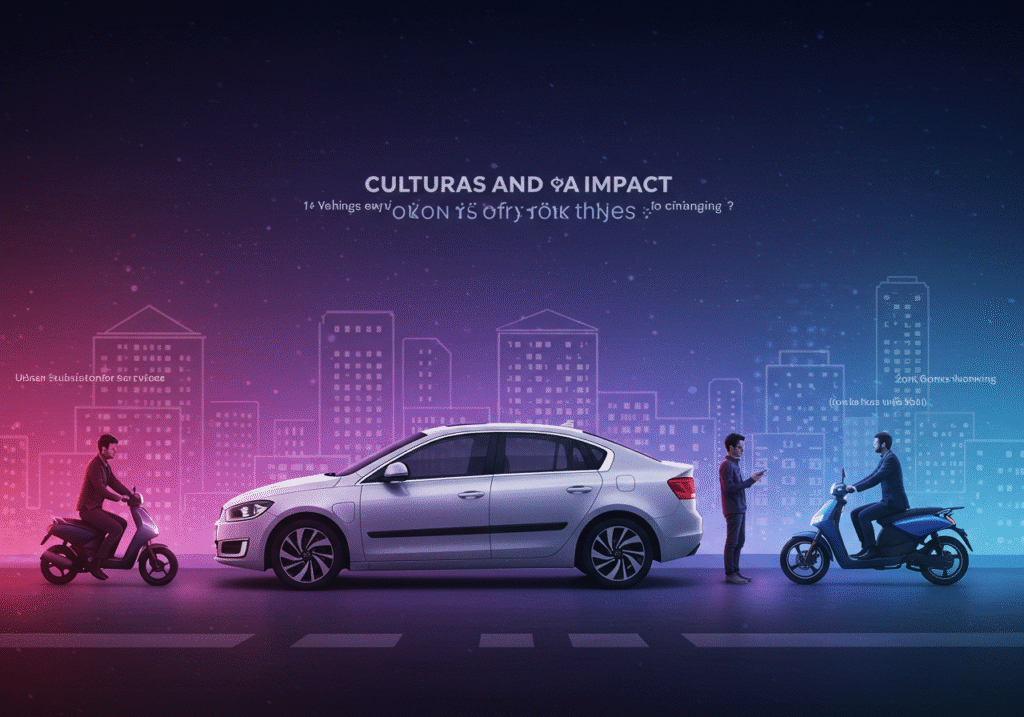
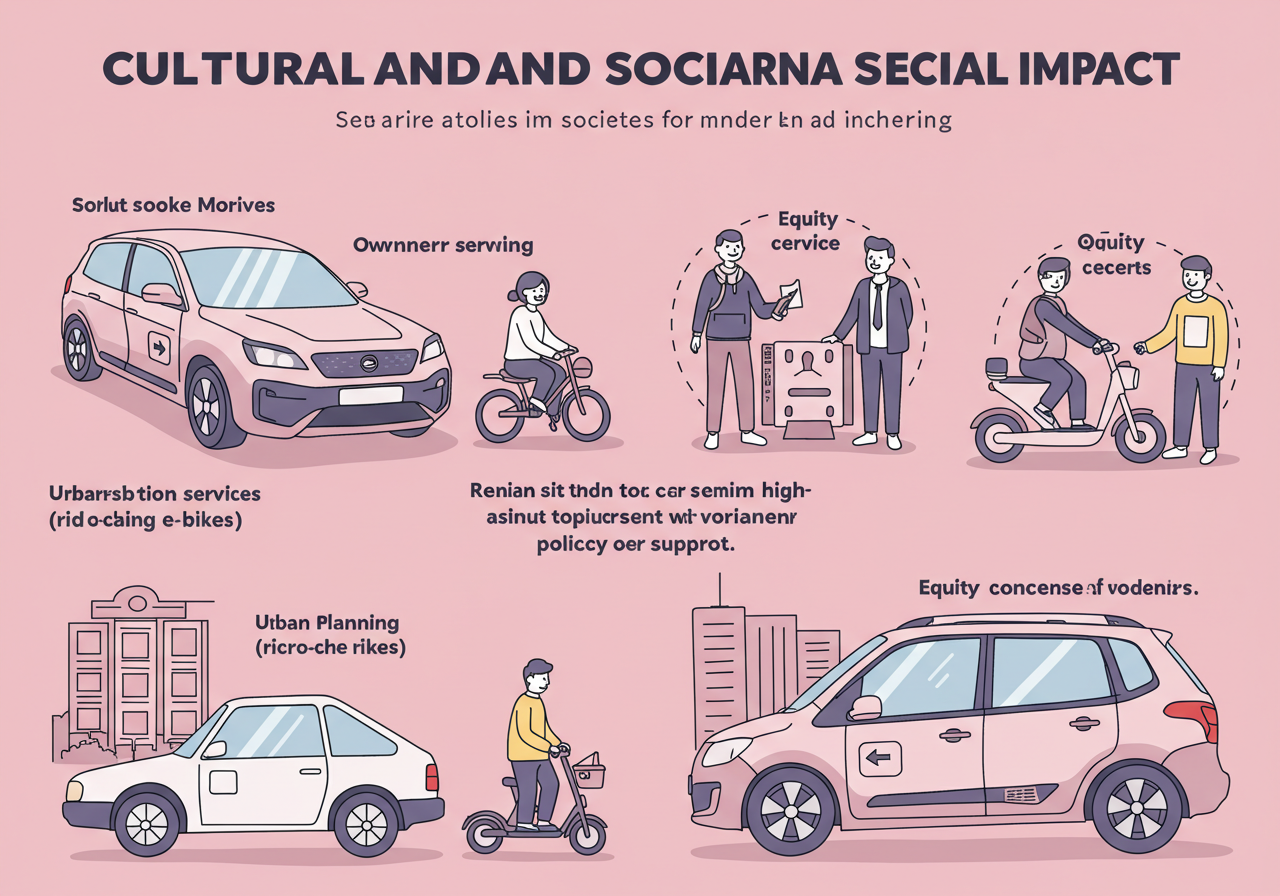
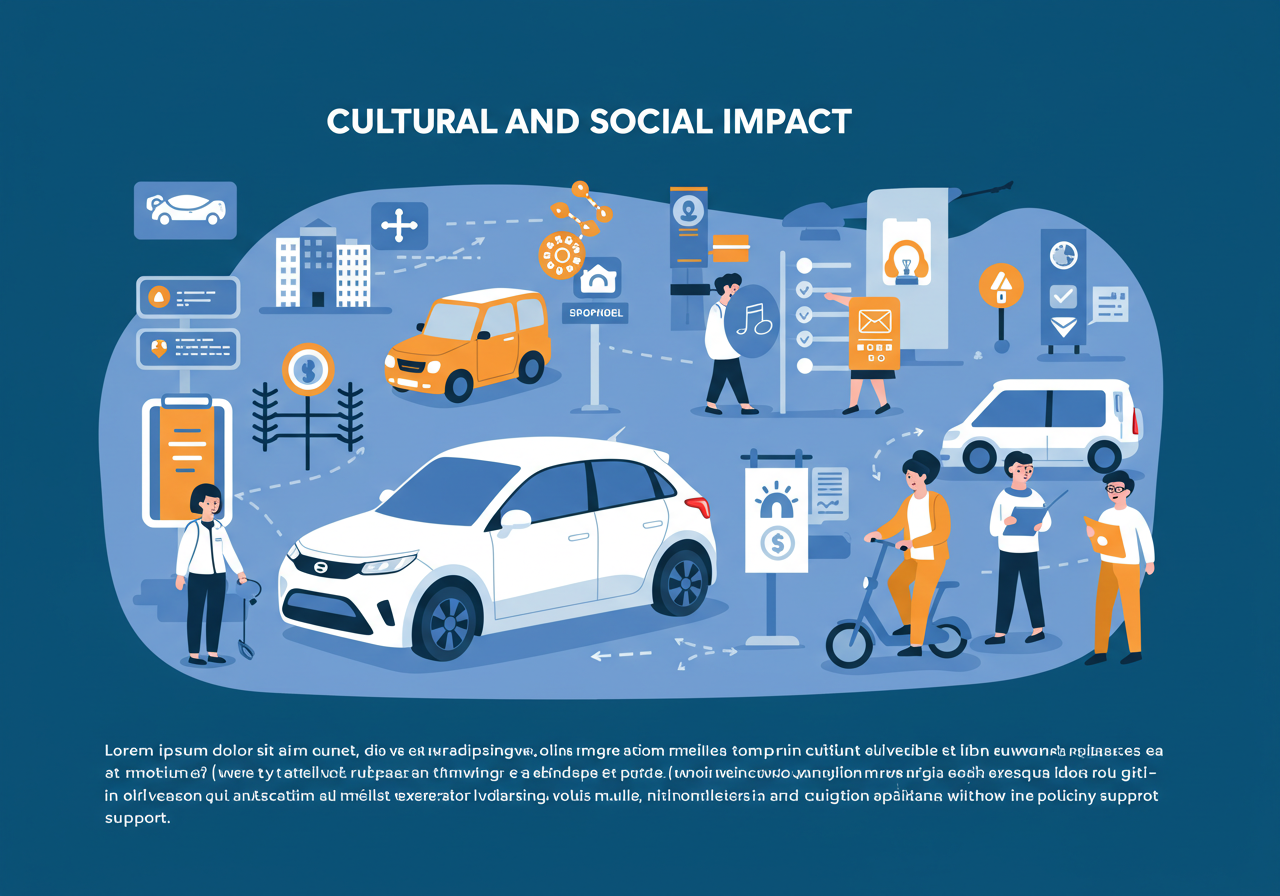
Conclusion: A Century of Reinvention
The journey from classic cars to cutting-edge vehicles has been nothing short of extraordinary. What began as a noisy experiment powered by steam and gasoline has become a quiet, intelligent, and sustainable mode of transportation. From horse-drawn alternatives to AI-powered, electric, self-driving marvels, cars have consistently adapted to the needs and dreams of each generation.
The vehicles of today are not just machines—they are intelligent partners on our journey, blending hardware and software, tradition and innovation. And as we continue toward a more autonomous and sustainable future, one thing remains clear: the evolution of the modern vehicle is far from over.

